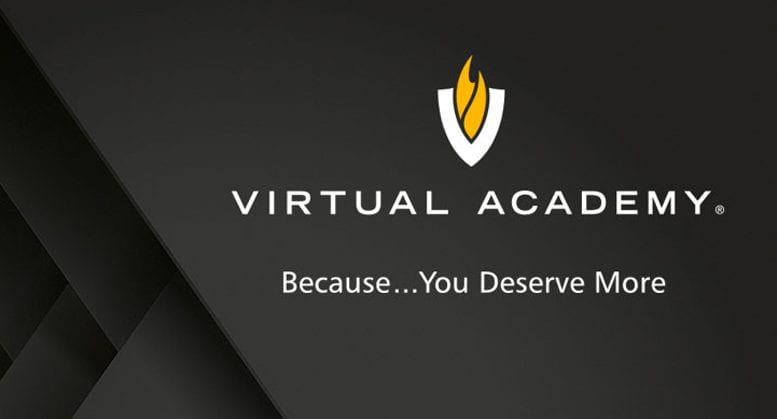by Jayvon Swann
Sports Editor
With the transition back to in-person instruction, for some students this is the first year back in person at school in two years. Students this year had two choices for school. Enroll in the virtual academy or go back in the building for the 2021-2022 school year. The students that opted for the Virtual Academy choice, get to experience being taught from teachers in state and out of state, all from the comfort of their homes.
Senior Kristen Renner decided on finishing high school in the Virtual Academy. She doesn’t like how fast the instruction is though and believes the tests are very difficult, “The instruction is not at all like virtual learning last year,” she said. One inconvenience is that teachers are not allowed to help the students unless it’s via email, which is not guaranteed that the email will be read on the same day. “I’m in the middle because the teachers don’t really help and if I was in person, I would be able to get assistance easier rather than having to email a teacher and waiting for them to respond to me” she quoted.

Students who signed up for the academy are not allowed to switch to in person learning. Once they’re in, they’re in. Most courses that are offered at the high school are not available for virtual academy students. Seniors with a partial are not allowed to be in virtual academy. Some students would rather learn from home than in school because they feel it’s less distraction, they can get more work done virtually and have more organized work habits. Every student who is in the academy is assigned with mentors, who help and tutor students if they are having trouble with work or just online learning as a whole. The student’s schedules are separated into semesters, instead of taking all classes in one day, as you would going in the building, students take four of their classes the first semester and the other four the second semester. Another negative factor is that virtual students can not participate in spirit week and other school activities that make the high school experience. Another negative aspect of virtual learning is that students can not see their friends in school and socialize with their classmates.
However, being in the virtual academy gives you the flexibility to study whenever and more free time to do other work for classes. Teachers in the academy might not be as helpful as if they were in person, because teachers are burdened with grading and emails on a daily basis. One big problem for students in virtual learning is self-disciplinary skills. When students are in person, they have teachers to reprimand them to get off their phones, to pay attention to them while they are teaching, and to remind the students about work they must do. But when you are in virtual learning it’s more the students control whether they stay engaged in the class and if they choose to study for a test the day before.
On top of that, students have easy access to cheat on exams and other classwork. While it is the easier route, students who are going back in person or to college won’t have knowledge of the previous year as a result of them cheating. Another problem is that students tend to have trouble speaking up in class and asking questions, pertinent to helping them succeed. Majority of the time,students in class aren’t fully engaged in the meeting. For example students can join a class, turn their camera off, mute themselves and do whatever. Not to
mention online there are always technical difficulties, which is annoying and tedious. Students without access to Wi-Fi can not join classes and have difficulty completing classwork. Virtual academy isn’t quite the best option for these individuals. Nonetheless, virtual learning has proved to be successful and like any new institution, has its own positives and negatives.
